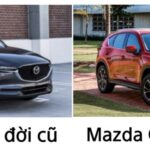Finding the perfect name for a new car can be a make-or-break factor for car companies. The global automotive industry, with a history spanning over 100 years, has seen countless creative approaches to naming vehicles.
Two well-known car manufacturers, BMW and Mercedes, opted for a straightforward approach by naming their cars based on engine displacement. In 1972, BMW introduced the Serie 5, the first model to be named after its engine displacement. For example, the BMW 525 belongs to the Serie 5 and is equipped with a 2.5-liter engine. As BMW started offering both diesel and petrol engines, they added the letter “d” to denote diesel engines and the letter “i” for petrol engines. Additionally, the letter “L” in the series 7 signifies a long wheelbase.
BMW 750 Li
Mercedes-Benz follows a similar naming convention with slight differences. The A-class and C-class names are derived from the European car classification system, but they originated with the introduction of the E-class in 1986. After multiple name iterations, Mercedes settled on the W124 code for the E-class, taking the letter “E” from the German term “Einspritz,” meaning “injection.” The E-class was the first Mercedes model to incorporate fuel injection technology in its 6-cylinder engines.
Initially, the E-class cars had the letter E after the engine capacity, but Mercedes switched the order in 1994 when they introduced the C-class. Therefore, a 300E indicates that it belongs to the E-class and was produced before 1994.
Following the E-class, Mercedes introduced lower-class cars with alphabet letters, such as the C-class in 1994 and the A-class in 1997. The high-end products previously named “SEL,” “SEC,” and “SE” were consolidated under the S-class in 1994. Initially, Mercedes used engine displacement for model numbers, but changes in engines and other factors led to the numbers no longer aligning with the actual engine capacity. For instance, the C240 has a capacity of 2.6 liters instead of 2.4 liters.
Mercedes-Benz S Class
However, some car manufacturers prefer a more literal approach to naming their vehicles. Volkswagen, the largest European car manufacturer, named its SUV “Touareg” after a Saharan desert-dwelling tribe. Within just a year, searching for “Touareg” on Google mostly yields results related to Volkswagen’s car instead of information about the nomadic people. Similarly, Hyundai, the largest car company in South Korea, also adopts this naming convention, with models like Tucson (named after a city in Arizona, USA) and Tiburon (named after a town in California, USA).
Acura, Honda’s luxury brand in North America, initially had elegant names like Integra, Legend, and Vigor. However, Acura later started adding the letter “X” to names such as MDX, TSX, and RSX. This trend of adding the suffix “X” is also observed in the Infiniti brand. Infiniti, Nissan’s luxury brand in the US, often uses numbers to indicate engine displacement, such as “35” and “45,” along with letters like G, M, Q, QX, and FX. The reasoning behind these letters remains unknown, although one theory suggests that Infiniti used the available letters at the time.
Infiniti QX56
While most car manufacturers face challenges in naming their vehicles, some opt for “reasonable” variations, such as the suffix “lander.” It started with Land Rover’s Freelander, followed by the Mitsubishi Outlander, Chevrolet Uplander, and Toyota Highlander. It’s unlikely that we will see many future models adopting the “lander” suffix.
Naming conventions often vary based on the target market of the car manufacturer. Jeep, known for its military vehicles, selected names like Liberty, Commander, Patriot, and Wrangler. Suzuki focuses on small cars, naming models Swift and Aerio, which both reference bird nests. However, exceptions exist, such as the Grand Vitara.
If we explore naming trends related to the first letter of a car company’s name, Ford Motor cannot be overlooked. As the second-largest car manufacturer in the US, Ford has a lineup of models that start with the letter “F,” including Fairlane, Falcon, Fiesta, Five Hundred, Freestar, Freestyle, Frontenac, Fusion, and Focus – their successful model in Europe introduced to the Vietnamese market in October 2005.
Th?o Anh (Source: PLXH)

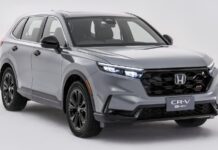
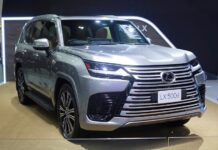
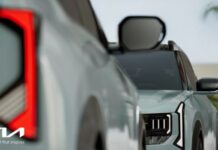
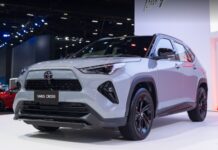


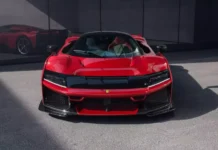

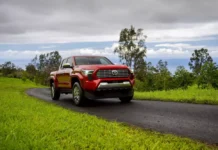















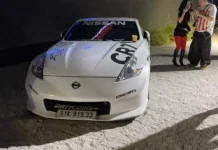

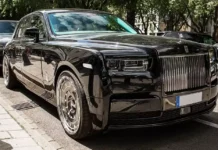
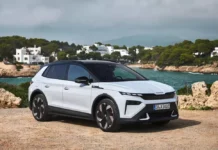
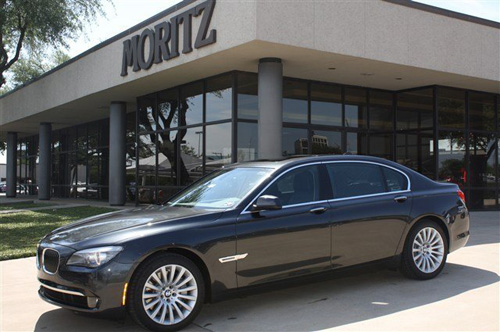

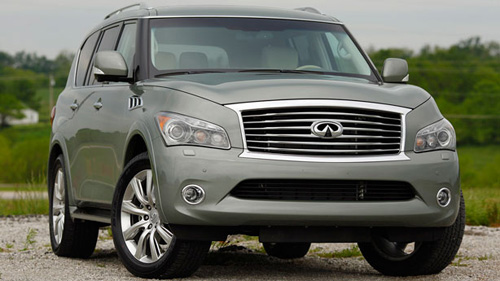


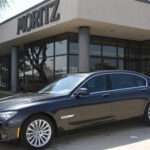
![[Quick Review] Hyundai IONIQ 5 – Futuristic Transportation](https://vnauto.net/wp-content/uploads/2024/02/xehay-hyundaiioniq5-18052022-2-150x150.jpg)
